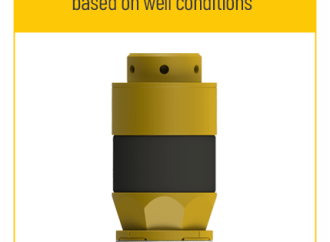Introduction Landscaping is an essential aspect of any property, whether it’s a residential or commercial space. However, traditional landscaping practices often involve the use of harmful chemicals, excessive water consumption, and the maintenance of large, resource-intensive lawns. As we become more aware of the impact of our actions on the environment, it’s time to consider
Introduction
Landscaping is an essential aspect of any property, whether it’s a residential or commercial space. However, traditional landscaping practices often involve the use of harmful chemicals, excessive water consumption, and the maintenance of large, resource-intensive lawns. As we become more aware of the impact of our actions on the environment, it’s time to consider transitioning to sustainable landscaping practices. In this article, we’ll explore the benefits of sustainable landscaping and provide tips on how to make the transition from a lawn to a garden.
Benefits of Sustainable Landscaping
Sustainable landscaping practices offer numerous benefits, both for the environment and for property owners. Here are some of the key advantages:
1. Reduced Water Consumption: Traditional lawns require a significant amount of water to maintain, especially in dry climates. Sustainable landscaping practices, such as xeriscaping, can significantly reduce water consumption while still providing an attractive and functional outdoor space.
2. Improved Soil Health: Traditional landscaping practices often involve the use of chemical fertilizers and pesticides, which can harm soil health and reduce biodiversity. Sustainable landscaping practices, such as composting and natural pest control, can improve soil health and promote a thriving ecosystem.
3. Increased Biodiversity: Lawns offer little in terms of biodiversity, as they are typically monocultures of grass. Sustainable landscaping practices, such as planting native species and creating habitat for wildlife, can increase biodiversity and support local ecosystems.
4. Lower Maintenance Costs: Traditional lawns require frequent mowing, fertilizing, and watering, which can be costly and time-consuming. Sustainable landscaping practices, such as planting low-maintenance native species, can significantly reduce maintenance costs.
Tips for Transitioning to Sustainable Landscaping
Making the transition from a lawn to a garden can seem daunting, but it’s easier than you might think. Here are some tips to help you get started:
1. Assess Your Property: Take a look at your property and identify areas that are suitable for sustainable landscaping. Consider factors such as sunlight, soil type, and water availability.
2. Choose Native Species: Planting native species is an essential aspect of sustainable landscaping. Native plants are adapted to local conditions and require less water and maintenance than non-native species.
3. Incorporate Hardscaping: Hardscaping, such as paths, patios, and retaining walls, can add structure and functionality to your outdoor space while reducing the amount of lawn area that needs to be maintained.
4. Implement Water-Saving Techniques: Water-saving techniques, such as drip irrigation and rainwater harvesting, can significantly reduce water consumption while still providing adequate moisture for your plants.
5. Compost: Composting is an excellent way to reduce waste and improve soil health. Compost can be used as a natural fertilizer and soil amendment, reducing the need for chemical fertilizers.
Conclusion
Transitioning from a lawn to a garden is a simple yet effective way to promote sustainable landscaping practices. By reducing water consumption, improving soil health, increasing biodiversity, and lowering maintenance costs, sustainable landscaping offers numerous benefits for both the environment and property owners. By following the tips outlined in this article, you can create a beautiful and functional outdoor space that is both sustainable and eco-friendly.























Leave a Comment
Your email address will not be published. Required fields are marked with *